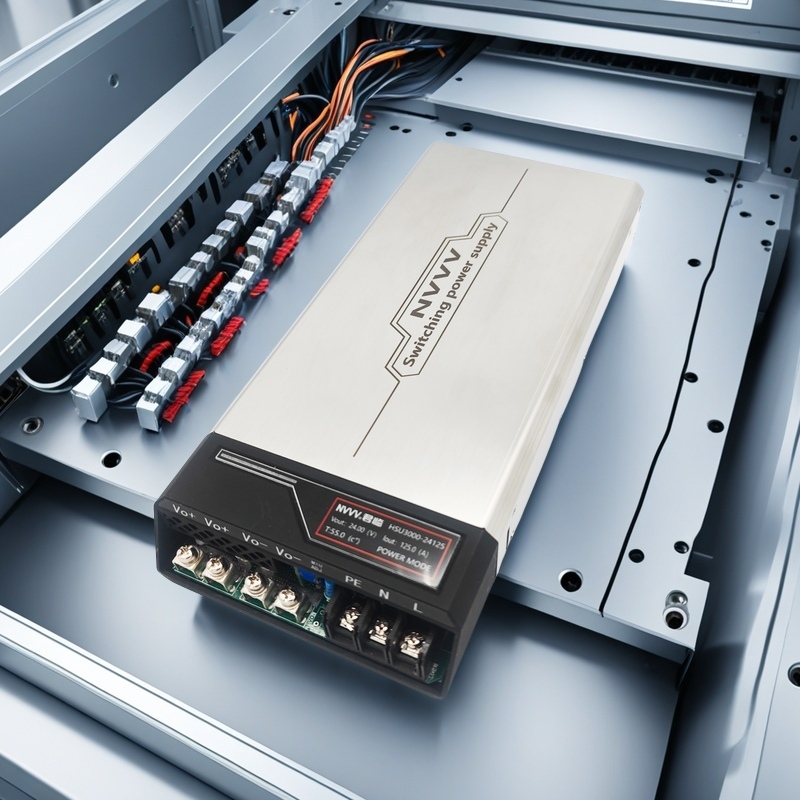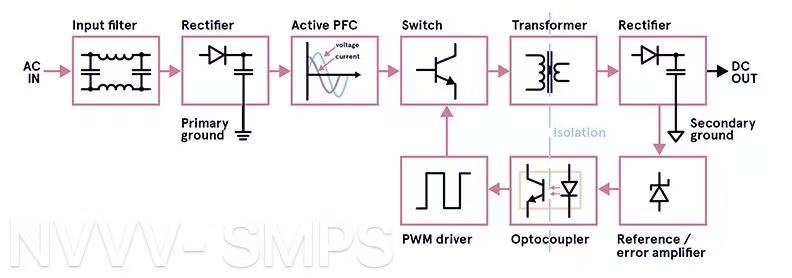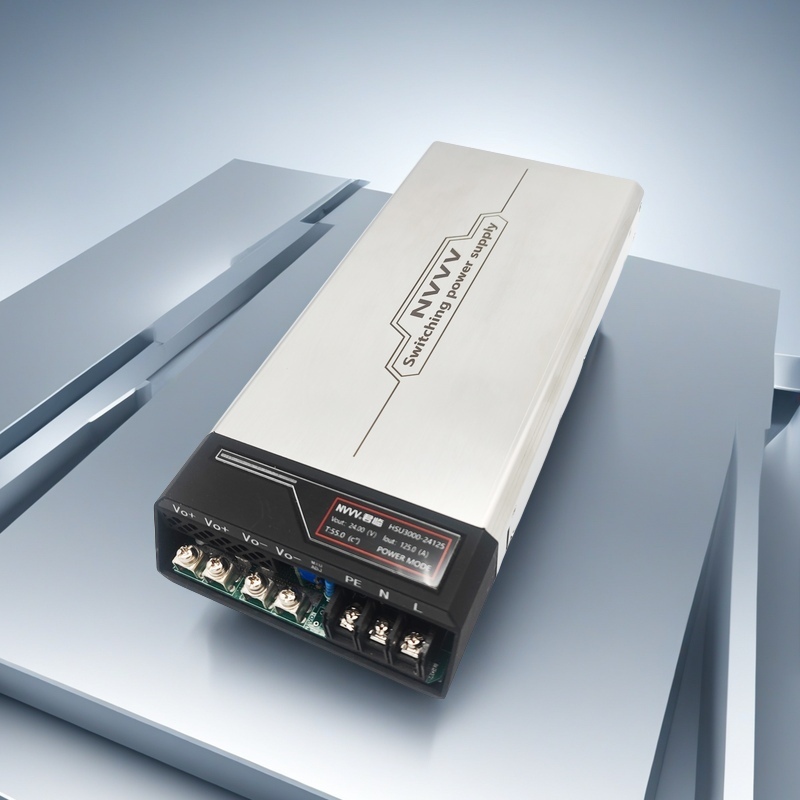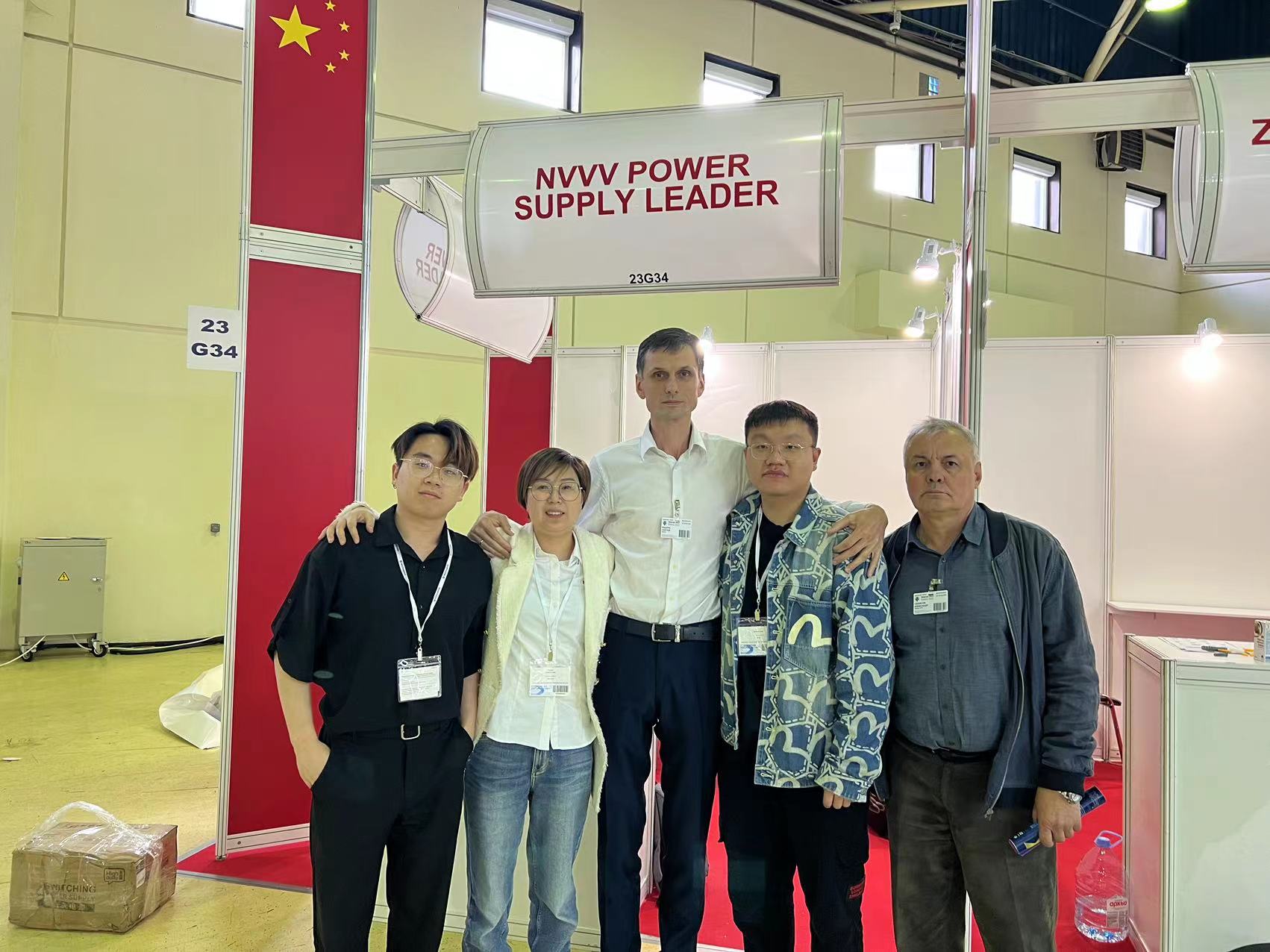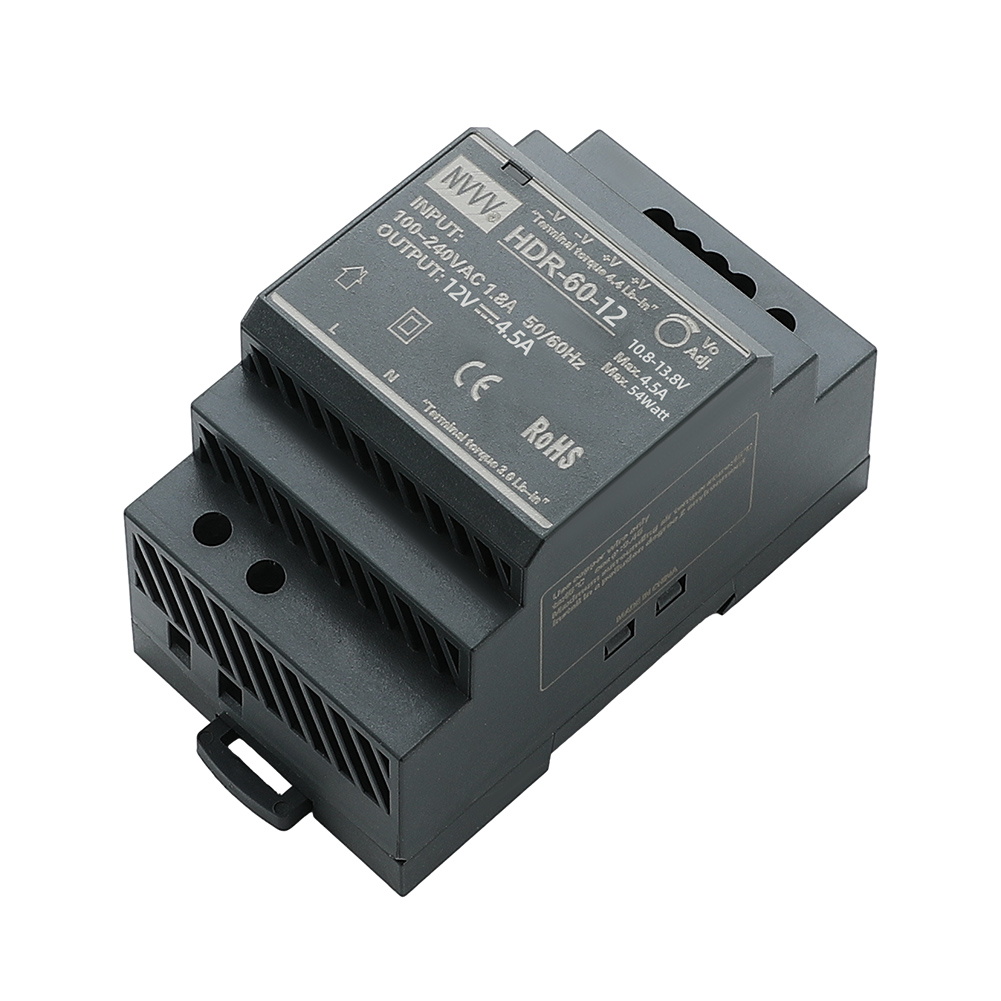Switching Mode Power Supply: How to Select a Reliable and Efficient SMPS
In an era of increasing energy demands and shrinking device footprints, power conversion efficiency is more important than ever. A switching mode power supply (SMPS) offers a smart solution by converting electrical energy with minimal loss and maximum control. Unlike traditional linear power supplies, SMPS units are more compact, generate less heat, and provide greater efficiency—making them ideal for both industrial and commercial applications. But what really sets them apart? Below are the key questions that help you evaluate if SMPS is the right choice for your electrical system.
Table of Contents
What Are the Core Benefits of a Switching Mode Power Supply?
How Do You Choose the Right Switching Mode Power Supply for Your Application?
What Are the Key Differences Between SMPS and Linear Power Supplies?
How Can You Ensure Long-Term Reliability in a Switching Mode Power Supply?
Why Is EMI Suppression Important in SMPS Design?
What Are the Core Benefits of a Switching Mode Power Supply?
When choosing a power supply for precision-driven environments, efficiency and stability top the list. A switching mode power supply delivers on both fronts by utilizing high-frequency switching techniques to minimize energy loss. This allows the device to operate cooler and more efficiently compared to linear models, which waste excess energy as heat.
Key advantages include
Compact Size: Thanks to high-frequency operation, the magnetic components used in SMPS are smaller, which helps reduce overall unit size.
Energy Efficiency: SMPS typically reach efficiency levels above 85%, which contributes to reduced electricity costs over time.
Voltage Flexibility: These power supplies support a wide input voltage range, making them ideal for global applications.
Improved Thermal Management: Less heat generation means smaller heat sinks and fewer thermal failures.
For example, NVVV offers SMPS solutions that meet these performance criteria while adhering to international safety standards.
How Do You Choose the Right Switching Mode Power Supply for Your Application?
Selecting the appropriate switching mode power supply (SMPS) is more than just matching voltage and current requirements. It involves understanding your system's operating environment, load characteristics, and long-term performance expectations. A mismatched power supply can lead to inefficiency, instability, or even component failure.
Here are the key considerations when choosing an SMPS:
Input Voltage Range: If your application operates in regions with fluctuating or unstable power, opt for a wide input voltage range—typically 85–264V AC—to ensure stable performance.
Output Power and Load Type: Ensure the SMPS can handle the peak load current without compromising efficiency. Consider if your system demands constant voltage, current-limited output, or dual outputs.
Form Factor and Mounting: Depending on your installation environment—such as DIN rail, open frame, or enclosed—you'll need a design that fits your space and enclosure requirements.
Certifications and Protections: Look for units with protections like overvoltage, overcurrent, short circuit, and thermal shutdown. Compliance with standards like CE, RoHS, or UL also indicates quality and safety.
For instance, NVVV offers a range of SMPS options with wide voltage adaptability, high-efficiency ratings, and compact enclosures suited for control panels, automation systems, and LED applications. Their models often integrate intelligent cooling and precise regulation circuits, making them versatile across industries.
What Are the Key Differences Between SMPS and Linear Power Supplies?
Understanding the differences between switching power supplies (SMPS) and linear power supplies is essential when designing or upgrading an electrical system. Though both serve the core function of converting electrical power to a usable form, their methods and performance characteristics differ significantly.
Efficiency is one of the most noticeable distinctions. SMPS units operate at efficiencies typically above 85%, thanks to their ability to rapidly switch on and off using high-frequency transistors. In contrast, linear power supplies dissipate excess energy as heat, resulting in lower efficiency—often between 50% to 60%.
Size and weight also favor SMPS. Because of their high switching frequencies, they can use smaller transformers and components, making the overall unit more compact and lightweight. Linear supplies, which rely on large transformers to step down voltage, are generally heavier and bulkier.
Heat generation and cooling needs are another important factor. SMPS generate less heat and often include integrated fanless cooling or minimal thermal management. Linear supplies, however, tend to overheat and may require bulky heat sinks or external cooling solutions.
From a cost and complexity perspective, SMPS are typically more complex in design but cost-effective for medium to high-volume applications. Linear power supplies are simpler and may be preferred in low-noise applications like analog audio systems—but are becoming less common in modern industrial use.
For example, NVVV's SMPS models are designed with advanced switching ICs and noise suppression filters, offering stable performance even in sensitive control systems. This makes them a preferred option for modern, high-efficiency operations.
How Can You Ensure Long-Term Reliability in a Switching Mode Power Supply?
While switch mode power supplies (SMPS) are known for their efficiency, their long-term reliability depends on multiple factors—from design quality to proper application use and maintenance. A well-chosen unit paired with good installation practices can run flawlessly for years, but neglecting key elements can lead to premature failures.
One of the most critical factors is component quality. High-grade capacitors, transformers, and MOSFETs can withstand higher temperatures and electrical stress. Cheaper components may degrade faster, especially in demanding industrial environments where voltage spikes or temperature fluctuations are common.
Thermal management also plays a huge role. Even efficient SMPS units generate some heat. Poor ventilation, high ambient temperatures, or dust buildup can cause internal temperatures to rise, reducing lifespan. Choosing units with built-in thermal protection, smart fan control, or fanless convection designs can help extend service life.
Next, consider load matching. Operating an SMPS constantly near its maximum output can accelerate component wear. Ideally, the power supply should run at 50–80% of its rated capacity for optimal durability.
Environmental protection is equally important. For harsh conditions, look for IP-rated enclosures and conformal coatings that resist moisture, dust, and corrosion. This is especially relevant in outdoor or factory-floor settings.
NVVV's industrial-grade SMPS products, for example, are engineered with long-life electrolytic capacitors, robust casing, and protective features like overvoltage and thermal cutoff. These designs help maintain stable operation even after years of continuous use.
Why Is EMI Suppression Important in SMPS Design?
Electromagnetic interference (EMI) is a common challenge in switching mode power supply (SMPS) design, especially in applications involving high-frequency switching and sensitive control systems. Without proper EMI suppression, switching noise can interfere with nearby electronics, leading to signal distortion, data errors, or reduced equipment lifespan.
To minimize these risks, modern SMPS designs typically incorporate EMI filters, optimized circuit layouts, and shielded enclosures that help control both conducted and radiated interference. These features are especially critical in environments where stability, signal integrity, and operational reliability are non-negotiable—such as in industrial control systems, communication devices, and automation panels.
NVVV addresses these requirements through thoughtful engineering. Their SMPS units feature:
Integrated input filtering to help reduce high-frequency noise
Clean PCB layout designs that minimize EMI propagation paths
Use of protective casing to contain switching interference
NVVV's SMPS products are built with EMI-conscious engineering, providing reliable operation in environments where signal clarity and noise control are essential.
About NVVV
NVVV is a trusted provider of high-performance switched mode power supplies, offering solutions tailored to industrial automation, LED lighting systems, and control applications. Their SMPS units are engineered for reliability, safety, and global adaptability—making them a preferred choice for engineers and system integrators seeking long-lasting power solutions.

